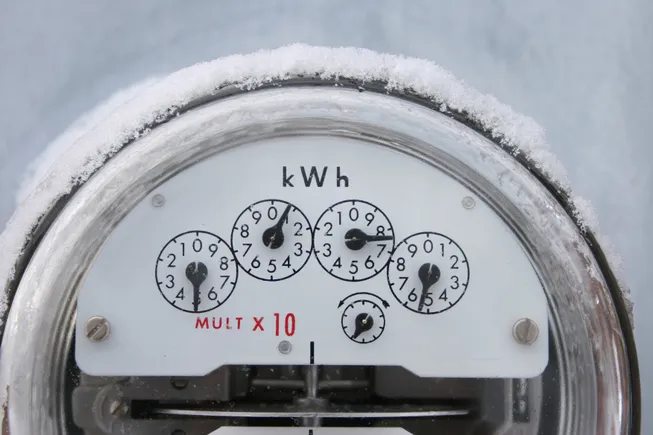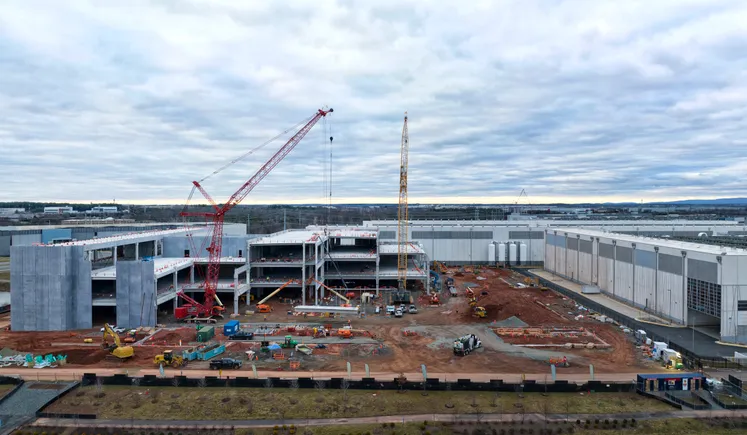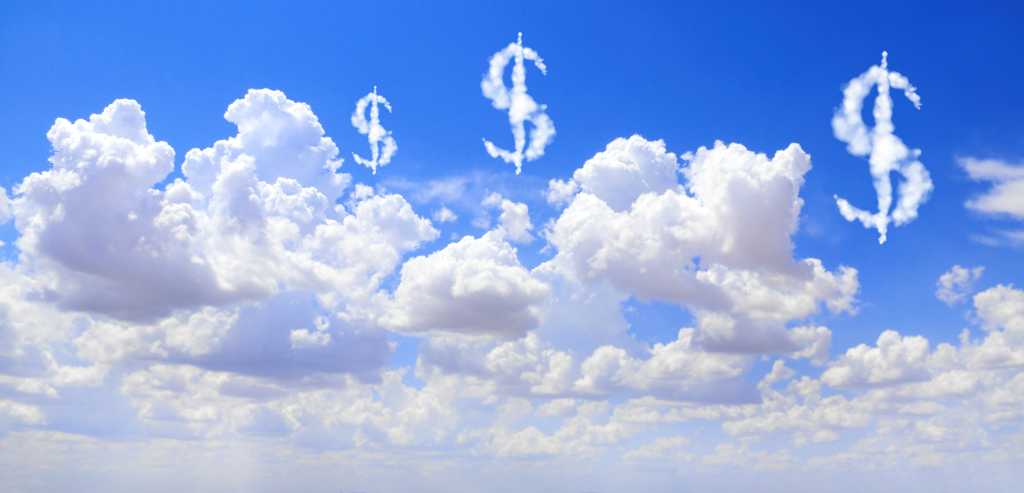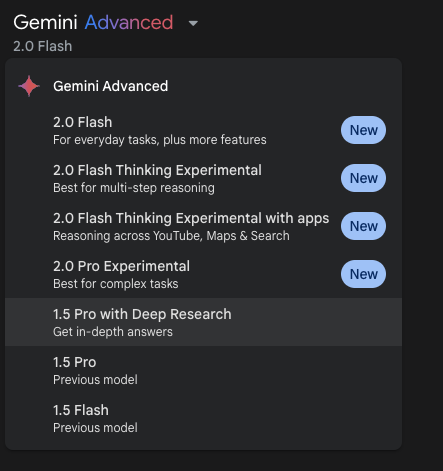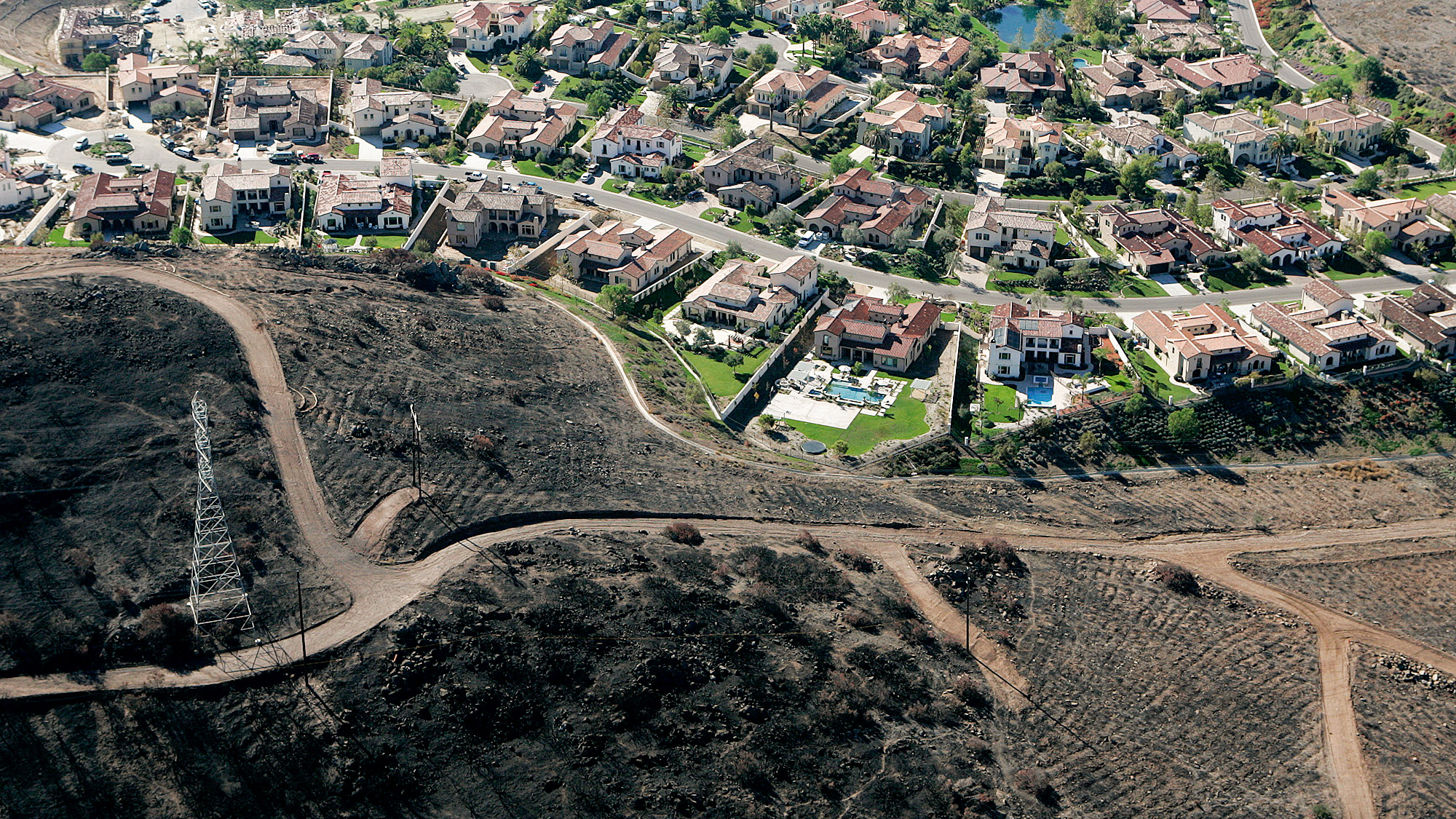
Commodity traders should start paying more attention to India, according to the country’s oil and gas minister, as the world’s most populous nation moves into a new phase of growth that will require increased raw material consumption.
“No matter which angle you look at India from, it’s a growing economy,” Hardeep Singh Puri said in an interview, predicting it would become the world’s third-largest economy — overtaking Germany and Japan — within a couple of years. His message for commodity traders, he added, was simple: “It’s good to start looking at India.”
Though vast, and one of the top food exporters in the world, India has long been overshadowed as a commodity consumer by China, the world’s largest buyer of everything from copper to soybeans. Still, thanks to growth in the years after the coronavirus pandemic and hefty government investment in infrastructure, overall demand expanded — even if the economy has cooled a little since.
Puri said that an anticipated surplus of global gas in the next few years should result in lower prices that would increase demand in India and bring the country closer to a government goal of lifting the fuel’s share in the energy mix from about 6% to 15%.
He was speaking on the sidelines of the India Energy Week conference, where companies from Abu Dhabi National Oil Co. to TotalEnergies SE struck deals to supply liquefied natural gas to India. His comments come as India’s Prime Minister Narendra Modi visits the US, with Indian companies discussing additional purchases of US LNG.
Puri’s optimism on India was echoed by international commodity executives. “We see massive growth, particularly in India” for gas and LNG over the next 25 years, said Andrew Barry, vice president for LNG marketing at Exxon Mobil Corp.
“There’s quite a juxtaposition between India and Europe,” said Russell Hardy, chief executive officer of Vitol Group, the world’s largest commodity trading house. “In Europe we’ve got very much declining markets and concern over growth. Here it’s a very different story.”
Puri said that India was nearing consensus on a much-anticipated tax change that would also help gas demand to “shoot up.”
Even though India moved to a uniform taxation regime for goods and services in 2017, natural gas remains among a handful of materials still burdened with multiple taxation in different states. That adds to the cost and suppresses demand. For instance, LNG landed at a port in Gujarat on the west coast can gather as much as 40% in taxes as the gas travels to densely populated demand centers on the eastern and northern parts.
Finding consensus among states on bringing the fuel under common taxation has been tough, but Puri said that’s likely to change soon.
The states that had been resisting the reform “are telling us, ‘We are ready now,’” he said. “It’s a matter of time.”
What do you think? We’d love to hear from you, join the conversation on the
Rigzone Energy Network.
The Rigzone Energy Network is a new social experience created for you and all energy professionals to Speak Up about our industry, share knowledge, connect with peers and industry insiders and engage in a professional community that will empower your career in energy.
MORE FROM THIS AUTHOR
Bloomberg






